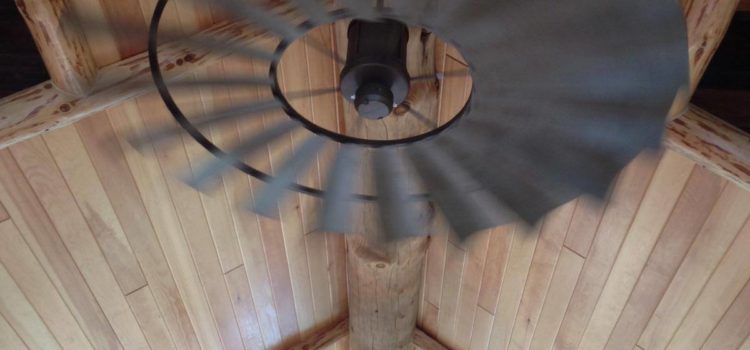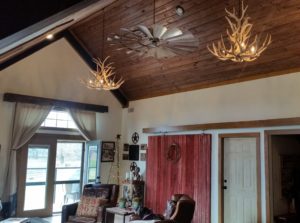Ceiling Fan

Ceiling Fan
Curious on how to cool your home with windmill ceiling fans?
In a nutshell, a ceiling fan circulates the air in a room, causing a gentle breeze that creates a “wind chill”effect. This helps to keep you cool on a hot day. If you are sweating slightly, and most people do on a hot day, the moving air caused by your ceiling fan will cool your skin through evaporation of the sweat moisture.
Even if you are not sweating slightly, the circulating air will still have a cooling effect. Think of a hot summer’s day with a brisk breeze. It feels much more comfortable in the breeze than when you are in a sheltered spot where there is no moving air. That’s the same effect as a ceiling fan. The moving air helps to keep you cool.
Ceiling fans work well on their own, but when combined with an air conditioning unit they help to increase the cooling effect. This is because the cool air tends to stay in the lower parts of a room with the hotter air rising to the top. A ceiling fan helps to equalize the air temperature throughout the room by circulating and mixing the air.
Incidentally, this also works in winter when you have the heating on. You want the hot air in the middle of the room, but it will normally rise to the top layers and stay there. Your ceiling fan will circulate the air, bringing the warmer air down and moving the cooler air from the bottom of the room higher up where it will heat more easily. In this way your room will be warmer throughout, making your heating system much more efficient. This will help to lower your heating bills too.
When purchasing a ceiling fan, don’t go for the one with the most blades, assuming that more blades means better air circulation. When there are more than six blades on a fan, the fan’s efficiency starts to deteriorate as there is not enough space between the blades for the efficient movement of air.

